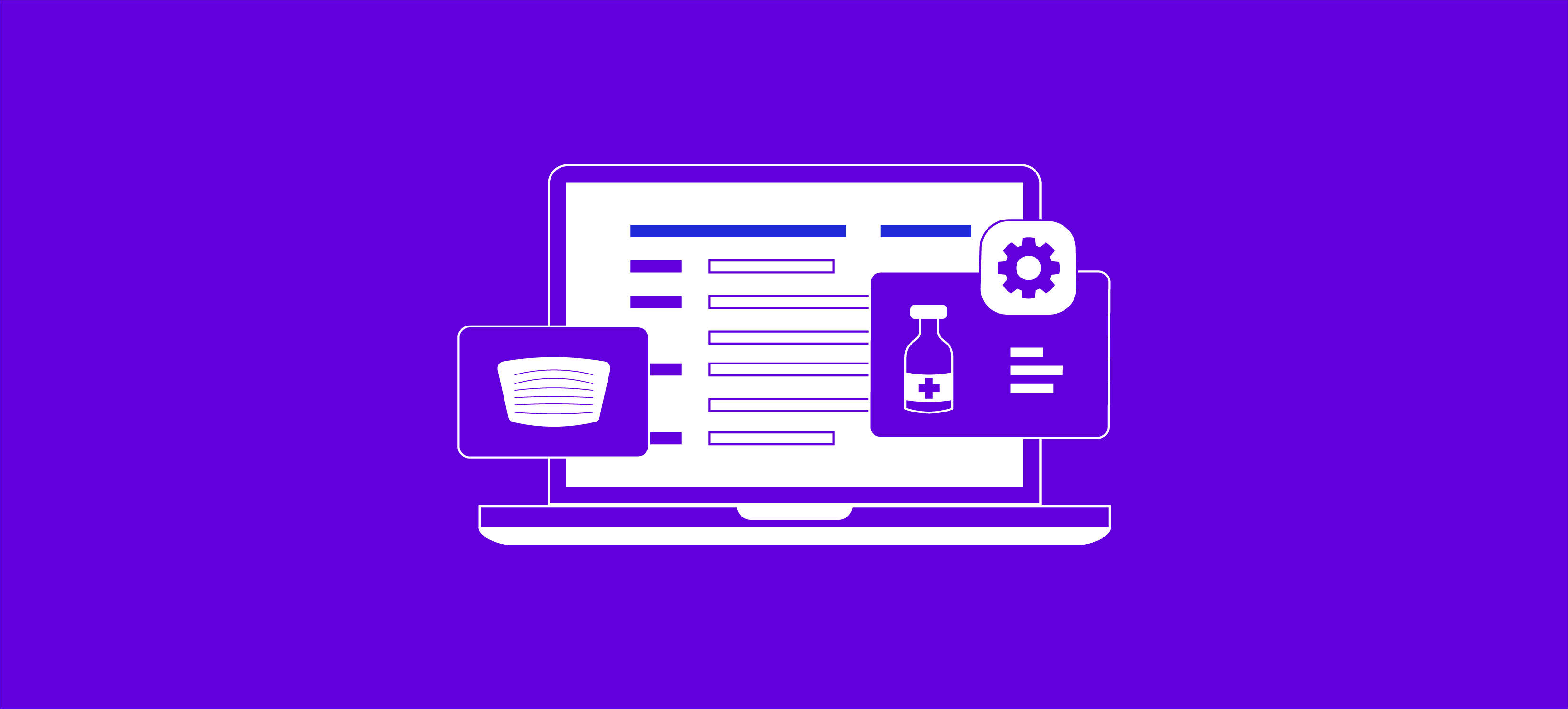How to Improve 5 Common Hospital Communication System Problems


If you’ve ever shown up for a meeting or event only to find out it was canceled, you probably felt frustrated that you weren’t notified in time. In our hectic daily lives, missed connections result in wasted time and opportunities. But missed messages in a hospital setting are more than just inconvenient.
Communication failures in health systems negatively affect patient care quality and steal valuable time from busy healthcare workers. When even one member of a patient care team is left out of the communication loop, the staff and the patient suffer the consequences.
The data show the high cost of hospital communication system problems: In one study, CRICO Strategies, (a division of the Risk Management Foundation of the Harvard Medical Institutions) reviewed more than 23,000 medical malpractice claims to understand the risks of communication problems in healthcare. The results illustrate how hospital communication system failures can cause patient harm and have other detrimental effects:
- Communication breakdowns were present in 7,149 of the 23,000 claims studied.
- Of the 7,149 cases identified, 1,700 of them resulted in patient deaths.
- The estimated financial cost of the cases collectively was $1.7 billion.
- Communication issues were most commonly associated with surgery (27%), followed by general medicine (13%), nursing (9%), and obstetrics (5%).
- Communication problems occurred in both ambulatory (48%) and inpatient settings (44%).
- Some 57% of the cases involved provider-to-provider communication, and 55% involved provider-to-patient communication.
The importance of hospital communication systems
Healthcare has evolved to a team-based approach to care, and the roles for providers and staff alike have become more complex and specialized. That requires communication between multiple professionals who work shifts at different times and perhaps even across different locations. Every member of the patient care team must have access to updated information during treatment to avoid undesirable outcomes. As a result, it's clear that every hospital and healthcare organization requires a comprehensive communication system.
According to the Joint Commission Center for Transforming Healthcare, patient handoffs are a uniquely vulnerable moment in provider-to-provider communication. Shift changes and patient transfers are critical handoff events. The Joint Commission estimates that 80% of serious errors occur because of communication failures during patient handoffs. These errors could be avoided if nurses and other caregivers had accurate and up-to-date information at their fingertips.
Critical information in hospitals is delivered not only person-to-person via text messages and phone calls, but is also sourced from the electronic health record (EHR) and multiple clinical systems including those for laboratory information, picture archiving and communication, nurse call, and medical devices. Today, technology unifies critical information from all of these systems on a single, easy-to-use mobile app, so that no detail is ever left unread, unsent, or delayed.
How to improve 5 common hospital communication system problems
1. Security risks: Hospital communication involves private data and must be HIPAA compliant.
The problem: The Health Insurance Portability and Accountability Act of 1996 (HIPAA) requires that all personal health information (PHI) be kept confidential. Violating HIPAA privacy laws can result in expensive fines and irreparable damage to public image.
The solution: Using a communication system specifically designed for healthcare settings makes it easy to avoid HIPAA violations by doctors, nurses, emergency caregivers, administrators, and other hospital staff. symplr's proprietary software provides a private messaging system for healthcare workers that keeps every exchange HIPAA compliant. Information is secured by features like limited access for authorized personnel only, automatic update alerts for every team member, and one-way patient notifications. A high-performing communication system means hospital staff can spend less time worrying about HIPAA protocol and more time caring for patients.
2. Staff scheduling complications: A system must account for complex and changing schedules.
The problem: The sheer number of staff members and provider groups practicing at any health system makes for complex scheduling. Healthcare professionals find it difficult to keep track of who is on call at any given time, leading to delayed and missed communications between staff.
The solution: symplr Clinical Communications solves the problems inherent in complicated scheduling by combining native centralized scheduling and team management functionality with users’ ability to update their availability in real-time (i.e., coverage swaps). The system tracks every member of every team, so staff members don’t have to. For example, instead of wasting time discovering which cardiologist is available, a nurse can simply text the “cardiologist on-call” and the message will be delivered to the appropriate person. As a result, every message gets to the right person at the right time.
3. The need for time-sensitive alerts: Real-time notifications are crucial to effective communication.
The problem: Outdated communication methods like pagers are inefficient and overly simplistic. Providers' shifts are busy and unpredictable, and they can’t always respond to a page right away. Receiving and responding to pages requires waiting for information and often includes several rounds of phone tag. Meanwhile, patient care is put on hold until medical staff has a chance to connect. At best, this scenario wastes resources; at worst, it can be detrimental to the patient.
The solution: A real-time communication system, like symplr's, eliminates missed and delayed notifications. Doctors and nurses can provide detailed replies when it is convenient for them. Real-time functionality puts an end to the “hurry up and wait” approach to hospital communications.
4. Systems integration: It must easily fit into the existing system and offer simple access for users.
The problem: Any technology that doesn't integrate easily into an existing ecosystem—or is difficult to use—can be counterproductive. Technical glitches and low user adoption are common complaints about hospital communication systems. Instead of improving healthcare, disjointed system integration can create confusion and frustration that lead to errors and oversights.
The solution: Implementing symplr Clinical Communications is easy for administrators and users. It works with all major clinical hospital systems (e.g., the EHR, nurse call, medical devices) and uses voice over internet protocol calling and cloud-based software for a seamless transition. Users access it from hospital workstations or an app on their mobile device, so they get important updates no matter where they are. symplr's implementation and customer care team aids in the initial set-up and is available 24/7 to offer technical support and answer questions.
5. The need for patient notifications: Patients need clear and accurate information to manage their care.
The problem: Patients and their caregivers rely on timely and accurate information from doctors to manage their conditions during and after a hospital stay. Whether it is an update to the status of their condition, details about medications, or instructions for care, miscommunication (or lack of communication) between doctors and their patients dramatically increases the occurrence of adverse outcomes. Patient portals and other traditional patient communication methods have improved patient engagement, but are insufficient for all cases.
The solution: symplr Clinical Communications includes a patient messaging feature that providers can use to send real-time information to their patients, and vice versa. This enables physicians and nurses to communicate with patients yet avoid giving out their personal phone number. Patients get the info they need to better manage their care in a text message format that they are familiar with, and feel confident they can easily reach their provider.
Final thoughts
Experts agree that patient outcomes and provider satisfaction are enhanced by modern hospital communication systems that make sharing patient data easy. symplr Clinical Communications, a part of symplr's Workforce Management platform, offers a user-friendly and HIPAA-compliant platform that solves many of the problems in healthcare communications. Seamless integration and our superior customer support team make it easy for every hospital to improve its communication system, save time, reduce errors, and offer better patient care.
Learn more or request a demo to see how it works for your enterprise.
